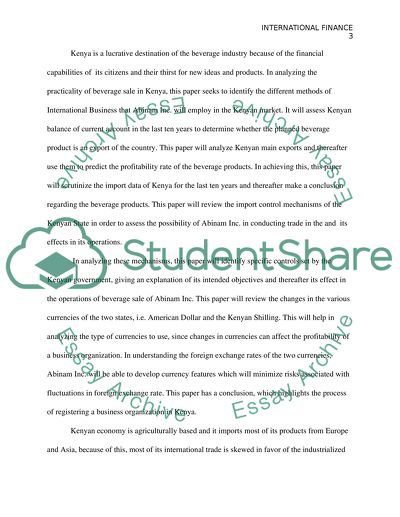Cite this document
(“International finance Research Paper Example | Topics and Well Written Essays - 1750 words”, n.d.)
Retrieved from https://studentshare.org/finance-accounting/1398662-the-final-project
Retrieved from https://studentshare.org/finance-accounting/1398662-the-final-project
(International Finance Research Paper Example | Topics and Well Written Essays - 1750 Words)
https://studentshare.org/finance-accounting/1398662-the-final-project.
https://studentshare.org/finance-accounting/1398662-the-final-project.
“International Finance Research Paper Example | Topics and Well Written Essays - 1750 Words”, n.d. https://studentshare.org/finance-accounting/1398662-the-final-project.


